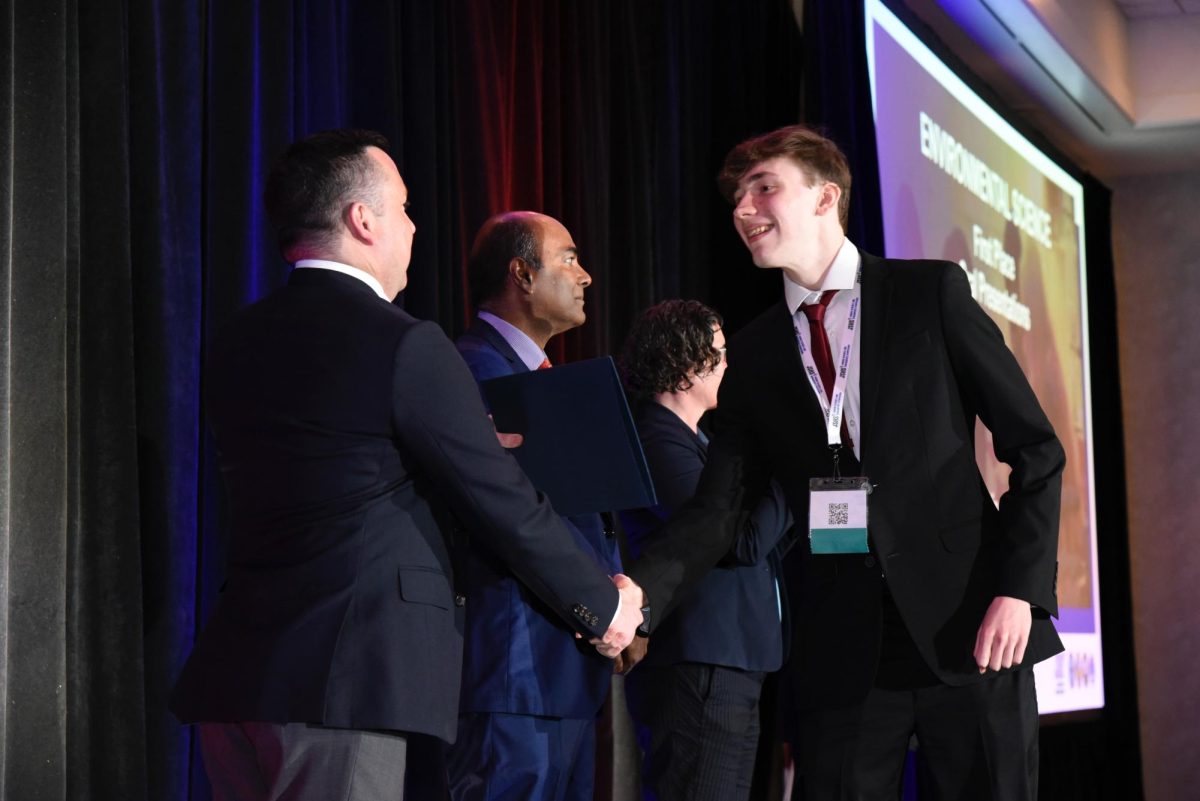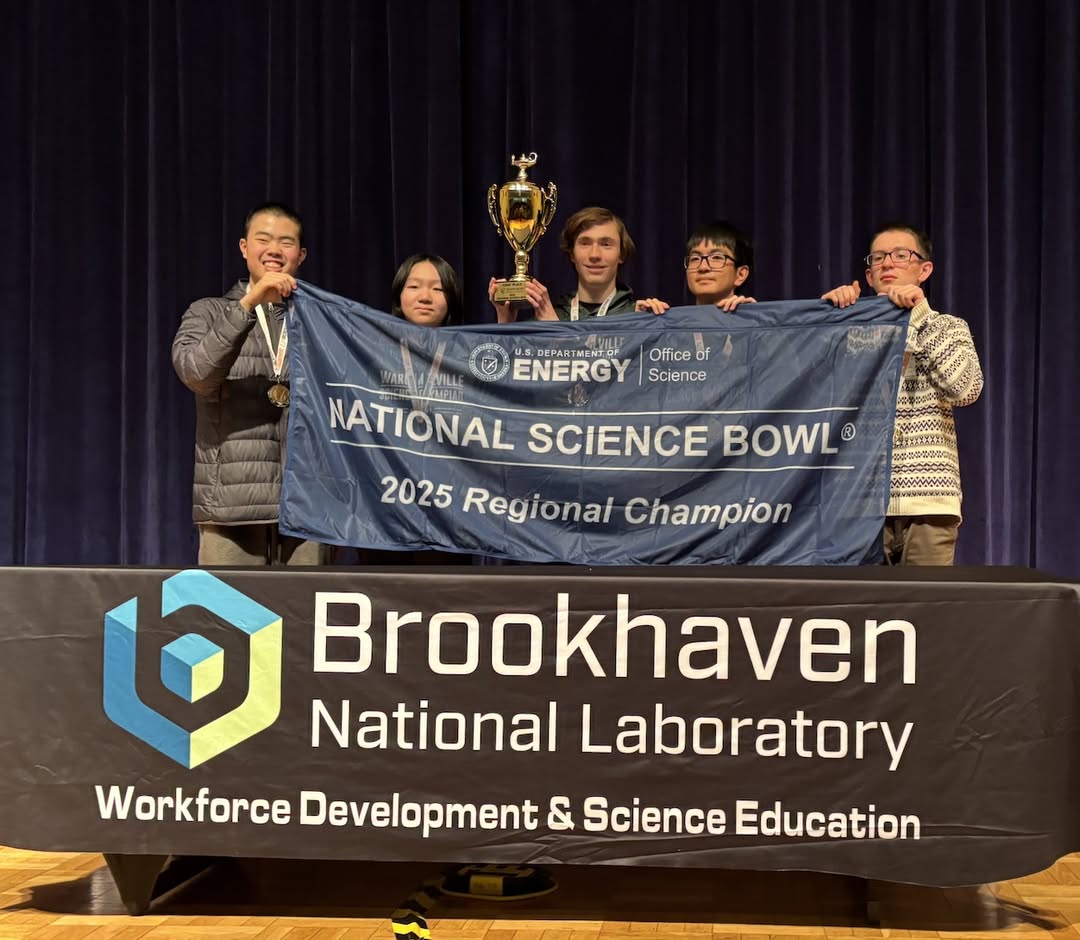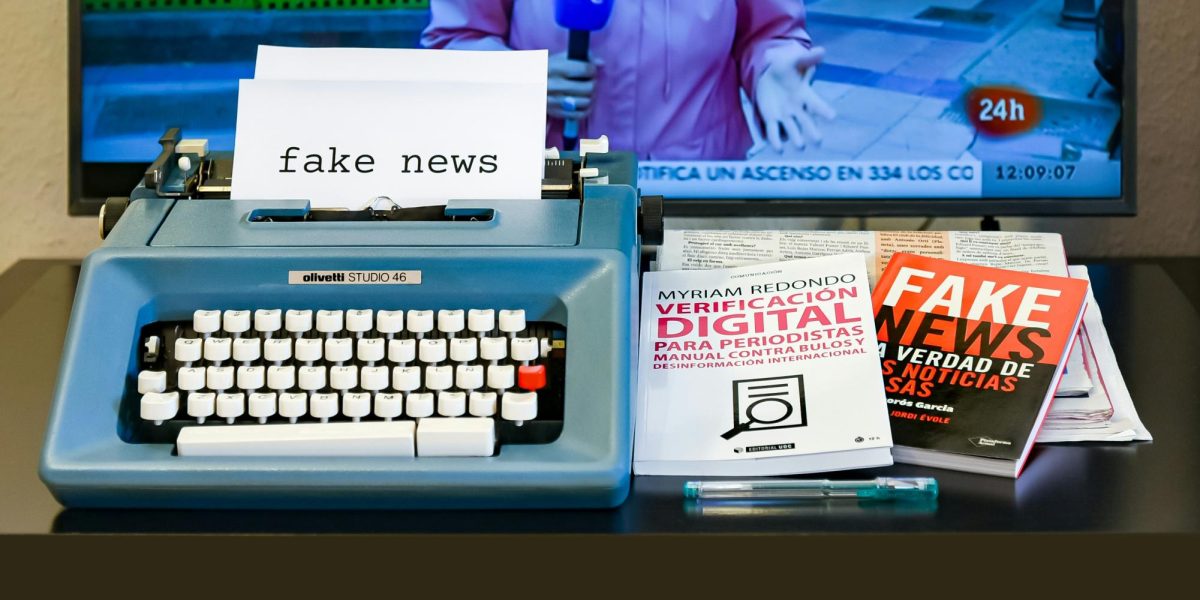On February 19, Microsoft, the tech giant valued at $3.2 trillion, announced the world’s first quantum computing chip: Majorana 1. This chip represents a significant breakthrough in the field of quantum computing, allowing the company to control Majorana particles — a particle that is its own antiparticle — and harness the power of topological conductors to create more reliable and scalable qubits, which are the building blocks of quantum computers. Satya Nadella, the CEO of Microsoft, called Majorana 1 an “entirely new state of matter, unlocked by a new class of materials, top conductors, that enable a fundamental leap in computing.”
The development of Majorana 1 could have far-reaching implications, not only for quantum computing, but also for real-world applications such as repairing cracks in bridges or scratches on car doors. Additionally, it could develop solutions to some of the world’s most pressing environmental and health challenges, such as breaking down microplastics that pollute the oceans, and revolutionizing the design of new medicinal drugs by better understanding molecular interactions.
This innovation’s core relies on qubits, a quantum bit, analogous to a light switch that has the ability to be simultaneously on and off. Creating qubits, especially to the scale that Microsoft has achieved, is extremely challenging. Microsoft Technical Fellow Krysta Svore described the qubit process that went into making Majorana 1, noting, “We are literally spraying atom by atom. Those materials have to line up perfectly. If there are too many defects in the material stack, it just kills your qubit.”
Despite the excitement and attention surrounding Majorana 1, many critics remain skeptical. Sergey Frolov, a professor of physics and astronomy at the University of Pittsburgh, expressed concerns about the chip’s viability, suggesting that the enthusiasm surrounding its announcement was premature. “These concerns go back quite a number of years, so [the community reaction] hasn’t just been triggered by this announcement per se,” Frolov said. “It was just made in such a dramatic way that it, I guess, triggered a reaction, but [it hasn’t altered] the underlying understanding that this is essentially a fraudulent project.”









